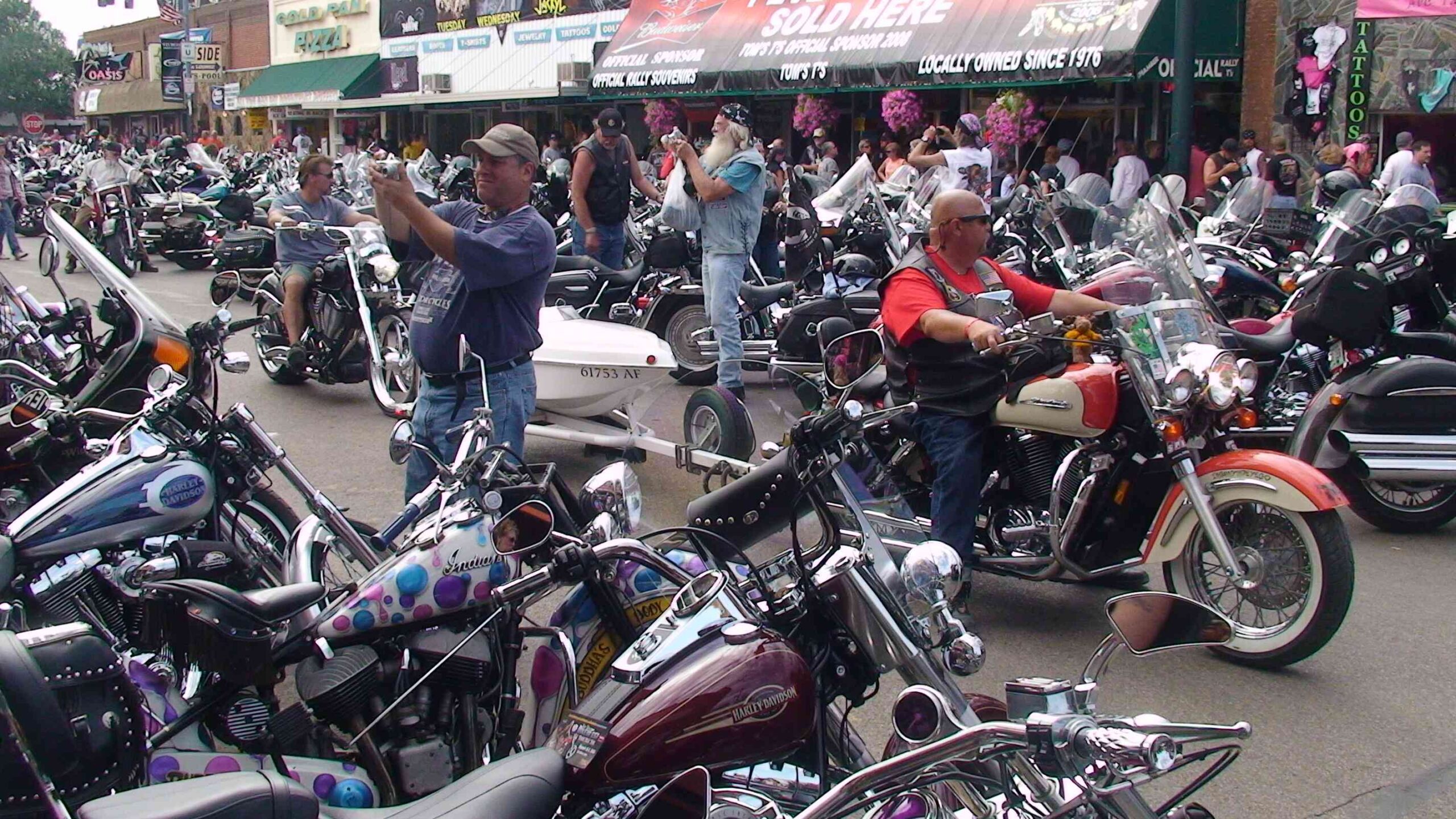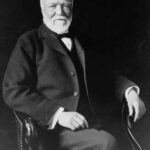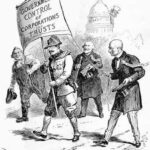I recently read an article about a $300,000 watch that doesn’t even tell time. My first reaction was who would buy such a watch. While the watches were made from steel recovered from the Titanic, it merely indicated if it was daytime or nighttime. In fact, when this watch was initially offered, the entire inventory of 9 watches was sold out within two days. This got me thinking about product attractiveness. Who could afford such a watch and why would somebody purchase a product like a watch that does not tell time? What I concluded was that product attractiveness varies dramatically by buyer class. What I observed by looking at the ad for this watch and similar ads that target more affluent people is that affluent people like to buy products that are more unique in nature. By contrast, the working class tends to prefer products that are mass produced and associated with a crowd they aspire to be associated with.
At first, I thought it might be just a cost thing as mass-produced products are cheaper and therefore appeal to a less affluent class. While I suspect this to be partially true, I began to think of cost as the effect and not the actual cause of product attractiveness. Then I hit on another idea of belonging vs. standing out. If you examine the messaging in advertising, you will see that most products marketed to the working class focus on being part of the in-crowd. A car commercial may show a happy family sitting around a campsite in a pristine location. In the background is their new truck, which got them to this awesome place. The consumer’s mind says, “I want to have experiences like that happy family – so I’ll by that truck!”
Successful advertising campaigns for the working class, which is surely the result of years and years of A/B testing and settling on the ads that are the most productive, seems to work best when the marketing is biased toward belonging or being part of a group the consumer aspires to be part of. Marketing companies for major manufacturers seem to understand that the working class covets products that others who they perceive as either better off or happier tend to own. Ad copy is designed to create a powerful emotional appeal for consumers to own what others they hope to be more like also own. Manufacturers that want to appeal to this market produce mass-market products along with a value ladder with little ability for customization or differentiation.
In contrast, advertising for products geared for the more affluent classes among us are marketed based on their uniqueness or ability to stand out in the crowd.

No self-respecting celebrity would be caught dead on the red carpet wearing a mass market dress worn by someone else no matter how stunning it would make them appear. Each article of clothing and jewelry must be unique.
 Perhaps this is the appeal of the Harley Davidson motorcycles and other highly customizable bike brands that I see in Sturgis each year. Most Harley owners I meet tend to be affluent professionals such as doctors, lawyers, or business owners. Let’s face it, you have to be a little bit wealthy to spend over $25k for 2 wheels and then spend another fortune on custom paint jobs and expensive aftermarket accessories or enhancements to stand out in the crowd. Being highly customizable is clearly part of the Harley appeal.
Perhaps this is the appeal of the Harley Davidson motorcycles and other highly customizable bike brands that I see in Sturgis each year. Most Harley owners I meet tend to be affluent professionals such as doctors, lawyers, or business owners. Let’s face it, you have to be a little bit wealthy to spend over $25k for 2 wheels and then spend another fortune on custom paint jobs and expensive aftermarket accessories or enhancements to stand out in the crowd. Being highly customizable is clearly part of the Harley appeal.
So, when it comes to mass-produced products, such as cars or hot tubs, making the buyer feel like they are part of the in-crowd is an important part of the marketing message. High volume products that are very similar not only drives down production costs but also makes it easier to make the connection between your product and the ones owned by others in the target peer group. For mass-market products, manufacturers simply need to create a value ladder to allow consumers to keep moving up their value ladder to even more expensive product lines as their income and aspirations grow.
However, when it comes to products such the $300K watch, it is best to target a very small niece market. Attaching a huge price to the item is one way to place this product out of the reach of most consumers, thereby keeping the uniqueness of the item for a while. However, over time, the word gets out about that product and a knock-off is produced. This reduces the pricing barrier to uniqueness and the extremely affluent will no longer wish to possess the item as the item moves down the value ladder.
Value-based products by their nature tend to target the more affluent, and by design, are produced in much smaller quantities even as few as one as is often the case with a runway dress. As a result, value-based products suffer issues of scale and make it up on price margins. So, while the working class prefers buying mass-produced products as a way to fit in with the in-crowd, affluent buyers prefer uniqueness in their products as a way to stand apart from the crowd.
How can you use the knowledge of mass market appeals vs. product uniqueness in your marketing and pricing decisions?












